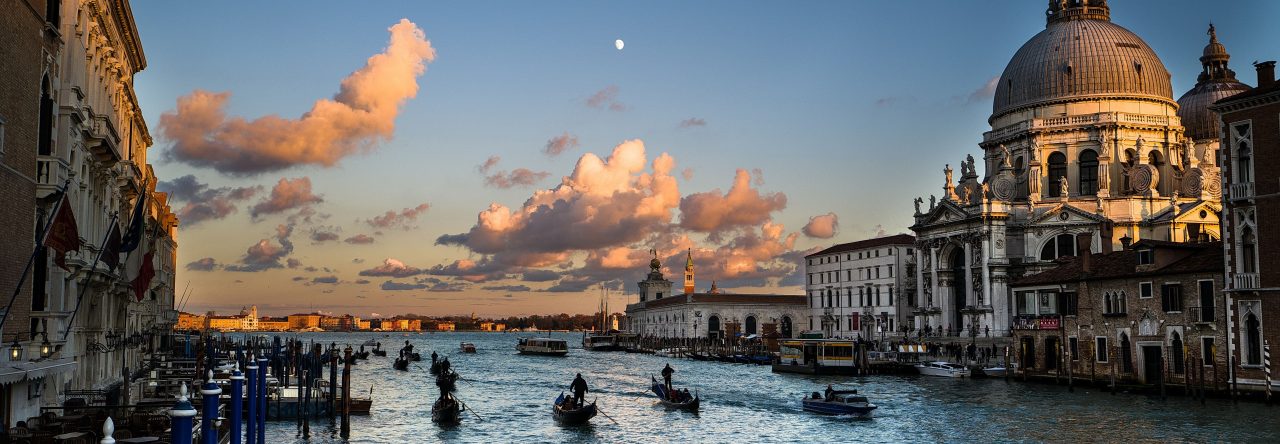- EN
Venetian by birth, Nadia Tagliapietra is very attached to her city to which she has dedicated many of her works.
She has been painting since 1972 even during her work as a teacher.
She attended painting courses and in 1994 she followed the ancient techniques courses organized by the Veneto region, with the artistic direction of Vito Calabrò (on fresco, graffito, encaustic, mosaic, Venetian stucco and casein painting techniques).
She experimented with these techniques over the next few years. Nadia has taken part in numerous regional and national exhibitions, with courses and collective exhibitions, earning prizes and recognition.
She is a fresco teacher at the International School of Fresco and continues her activity as a teacher of drawing, painting and ancient techniques in schools and in the University of the Third Age in the historic center of Venice and in other associations.
Numerous of her works can be found in private collections as well as exhibited in public venues (churches, schools and municipalities) in the whole country.
- IT
Veneziana di nascita, è molto legata alla sua città, anche ora che risiede ed opera a Spinea (VE).
Studio: via Tommaseo 42A
Telefono: 340 7906661
Email: tagliapietra.nadia@gmail.com
Dipinge dal 1972 anche durante la sua attività lavorativa di insegnante.
Ha frequentato corsi di pittura e ha seguito nel 1994 i Corsi di tecniche antiche indetti dalla Regione Veneto, con la direzione artistica di Vito Calabrò (affresco, graffito, encausto, mosaico, stucco veneziano e pittura alla caseina).
Ha sperimentato queste tecniche nel corso degli anni successivi. Ha preso parte a numerose esposizioni regionali e nazionali, con corsi e mostre collettive, conseguendo premi e riconoscimenti.
E’ maestra di affresco della Scuola Internazione di Affresco e continua la sua attività di insegnante di disegno, pittura e tecniche antiche nelle scuole e nell’Università della Terza età del Centro storico di Venezia e presso altre Associazioni.
Numerose sue opere si trovano in collezioni private e sono esposte in sedi pubbliche (chiese, scuole e municipalità)
